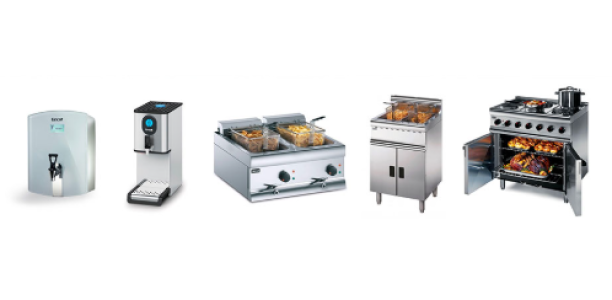Expansion vessels, also known as expansion tanks, play a critical role in maintaining the stability and safety of domestic water heating systems. Whether you have a combi boiler, unvented cylinder, or closed circuit central heating system, chances are that an expansion vessel is ensuring your water pressure is maintained at a safe level and that water expansion is not bursting pipework or causing explosions whenever you fancy turning the heating on!
How do Expansion Vessels work?
A very basic description of an expansion vessel is - a small metal water vessel composed of a rubber internal tank that can expand, with a metal external chamber that is pressurised by the plumber on installation to hold air. The principle is that when water heats and expands, your average water boiler or water tank will need some way to accommodate the increased space that the water takes whilst it's heated. For older systems, or vented systems, this might come in the form of a dripping tap wheareas unvented systems (or sealed systems) don't have this luxury, and so expansion vessels are used.
When the water heats and expands, the expansion vessel begins slowly filling, compressing the air in the metal chamber as the internal rubber chamber fills with water. In this fashion, the pressure of the water is not affected at the point of use, and the system as a whole is kept safe from damage whilst the hot water is prepared and not being used. This system compared to the old fashioned vented generally results in better efficiency and overall user experience.
Here is a useful diagram courtesy of Liberty Supply:


Best Practices
Expansion vessels tend to come in two main colours: white which are conventionally designed for hot water used in the house (baths, showers, taps etc.) and red, which is primarily for central heating or underfloor heating circuits. Another guideline for expansion vessel use is that expansion vessels should be 10-15% of the hot water circuit:
That means in a 100L system the most appropriate expansion vessel would be 10-15 litres. For any water heater 30 litres and above, we provide the expansion vessel at no extra charge! We also offer a broad host of vessels and kits below for any requirement you might have, this alongside incredible ranges like OSO or Megaflo where expansion comes pre-built in the item, meaning you should never be in any doubt for pressure safety when purchasing from Electrical Deals Direct. For installers, who must be G3 qualified to handle any pressurised water systems, the main thing is to ensure appropriate placement along the plumbing setup and that the air valve is tight and the air pressure within the metal exterior is properly adjusted prior to any water usage or boiler activating. The expansion vessel is the first line of defence when it comes to water heating-related issues. So we often find that many believe f.e. the pressure relief valve (PRV) is the issue when a leak is spotted. Still, it is most often likely the expansion vessel causing this leak - the article discussing this issue will be linked below.
Hopefully, this quick guide has helped you to understand how expansion vessels work and what they accomplish, but if you do have any further questions don't hesitate to contact us on the line: 01934 253600 where we are more than happy to advise and assist.





















